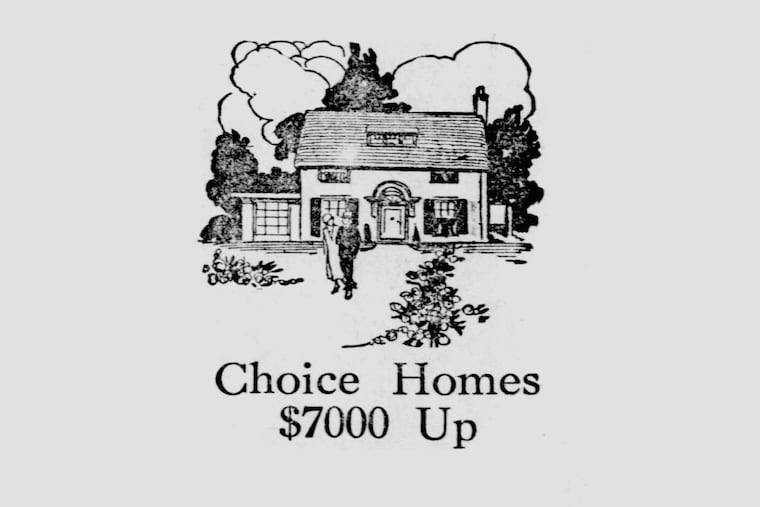How The Inquirer profited from ‘restricted’ neighborhoods that barred Black buyers
These burgeoning developments found a cheerleader in The Inquirer, which targeted the wealthy and those who hoped to join their ranks.

If Philadelphia didn’t have the first modern suburbs, it came awfully close. By 1900, once- obscure Main Line towns like Ardmore and Haverford became a byword for high living. In the 1920s, development blossomed as automobiles became widely available for the first time.
But the tony towns were careful about who would be allowed entry. The 1920s were the decade when exclusionary zoning began to spread across America. In some cases, restrictive covenants were imposed to keep Black and Jewish Americans out. Often, the sheer expense of the new homes proved exclusionary enough.
These burgeoning developments found a cheerleader in The Inquirer, which targeted the wealthy and those who hoped to join their ranks — the same people targeted by developers building new homes outside the city.
A More Perfect Union
“The population in the city shifted from the ‘20s [onwards] and, from the beginning, elite newspapers’ readers were the white flight audience,” says Nikki Usher, a journalism professor at the University of Illinois.
As pre-Depression suburbanization boomed, The Inquirer advertised leafy new housing developments tailored to a specific set of new residents. A 1925 ad for Glenside Gardens promoted a “Beneficially Restricted” project at “The Highest Point In Abington Township.”
A 1926 ad for Elkins Park — “A Suburb You Will Be Proud To Live In” — promised homes in a locale that is “Wisely Restricted,” and where values were sure to increase. A year earlier, a Bala Cynwyd development advertised its “exclusive and highly restricted” nature.
» READ MORE: Black families were blocked from buying Main Line homes. That shaped America’s suburbs.
The coded language popped into print at a moment when Philadelphia’s Black population was growing.
With these ads, newspapers likely reflected the interests of an elite class that included their owners.
“Whoever owned the newspaper probably ran with the land developers, and ran with the people who were quickest to bemoan the racial changes in the city,” says Usher.